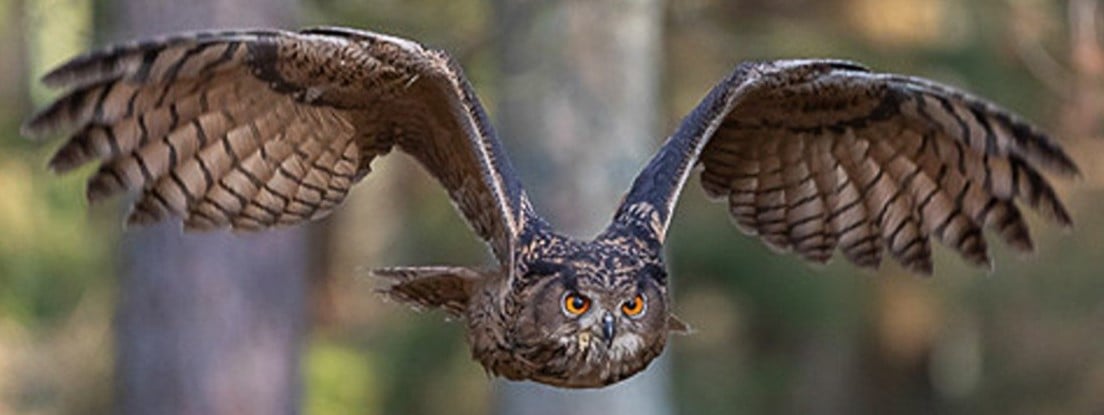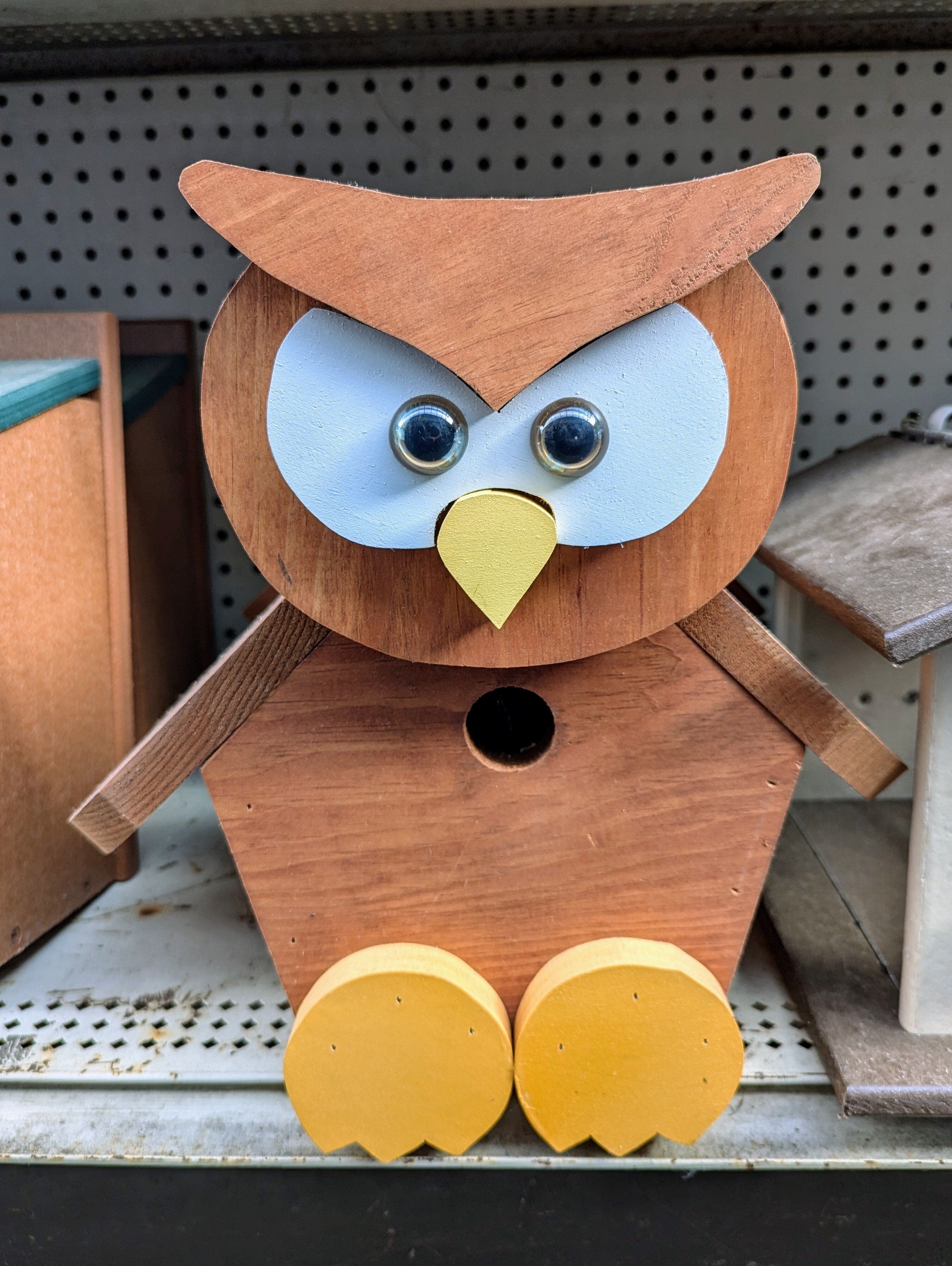Superbowl
For owls that are superb.

US Wild Animal Rescue Database: Animal Help Now
International Wildlife Rescues: RescueShelter.com
Australia Rescue Help: WIRES
Germany-Austria-Switzerland-Italy Wild Bird Rescue: wildvogelhilfe.org
If you find an injured owl:
Note your exact location so the owl can be released back where it came from. Contact a licensed wildlife rehabilitation specialist to get correct advice and immediate assistance.
Minimize stress for the owl. If you can catch it, toss a towel or sweater over it and get it in a cardboard box or pet carrier. It should have room to be comfortable but not so much it can panic and injure itself. If you can’t catch it, keep people and animals away until help can come.
Do not give food or water! If you feed them the wrong thing or give them water improperly, you can accidentally kill them. It can also cause problems if they require anesthesia once help arrives, complicating procedures and costing valuable time.
If it is a baby owl, and it looks safe and uninjured, leave it be. Time on the ground is part of their growing up. They can fly to some extent and climb trees. If animals or people are nearby, put it up on a branch so it’s safe. If it’s injured, follow the above advice.
For more detailed help, see the OwlPages Rescue page.
view the rest of the comments

Are there any birds that could actually get in it? The hole looks too small for, anything! (At least in the UK, hummingbird, maybe in warmer climes) Maybe a shrew or mouse would squeeze in, which would be appropriate!
On heat retention, that's only going to be a problem re overheating in direct sun I'd have thought.
Oh boy, we could go on about bird house design waaaay longer than you would think, especially now with climate change really starting to kick in. I'll try to limit my rambling, while still giving you way more info than you want.
The hole should be as small as possible for the type of bird you wish to house. That keys out anything that wants to kill the adults or steal/destroy the chicks or eggs. Even things like squirrels raid and kill in them.
Not just the size, but the shape, and distance from the floor of the birdhouse matters. The species are all built a bit differently, and some can only get in through slots instead of holes. Some need the little stick perch under the hole, while for others that makes it more inviting to predators.
Here is a great article just about holes.
I had Carolina Wrens nest on my porch this year, and they build nests with a side entrance, so they need a side slot, or just something more open so they can enter through the side.
Additional factors can include how high from the ground the box is, which way it faces, is it on a tree or a pole, color vs plain wood, etc.
Here is a more dedicated site with species specific data.
There have been a number of articles recently about the heat dangers of birdhouses, and larger numbers of birds are dying. Many common and popular bird box plans are from decades ago and are starting to no longer provide safety for the birds.
As you stated, avoiding direct sun can help, but insulated or double roof designs can help. Due to their enclosed nature, they trap the body heat of the parents and chicks. That's also why many are made of wood and not things like metal that can conduct too much heat either in or away. They're almost always hotter than the ambient temperature. Overall inner dimensions matter to allow room for circulation.
Even if the heat does not kill the adults or chicks, chicks are getting all their water from food, so they can still dehydrate or have stunted growth.
Here's a good article about nest box heat danger.
Here's a prior post about owl box designs.
I swear I did one one the outdated box designs causing heat death, specific to owls, but I can't find it now.